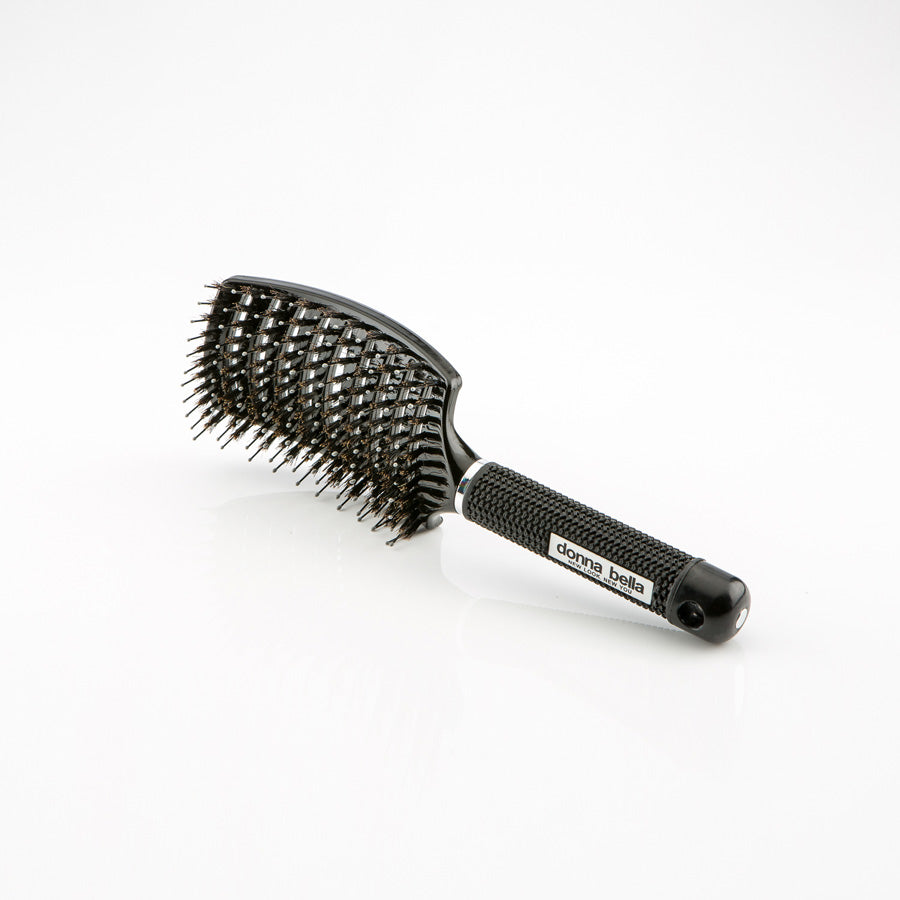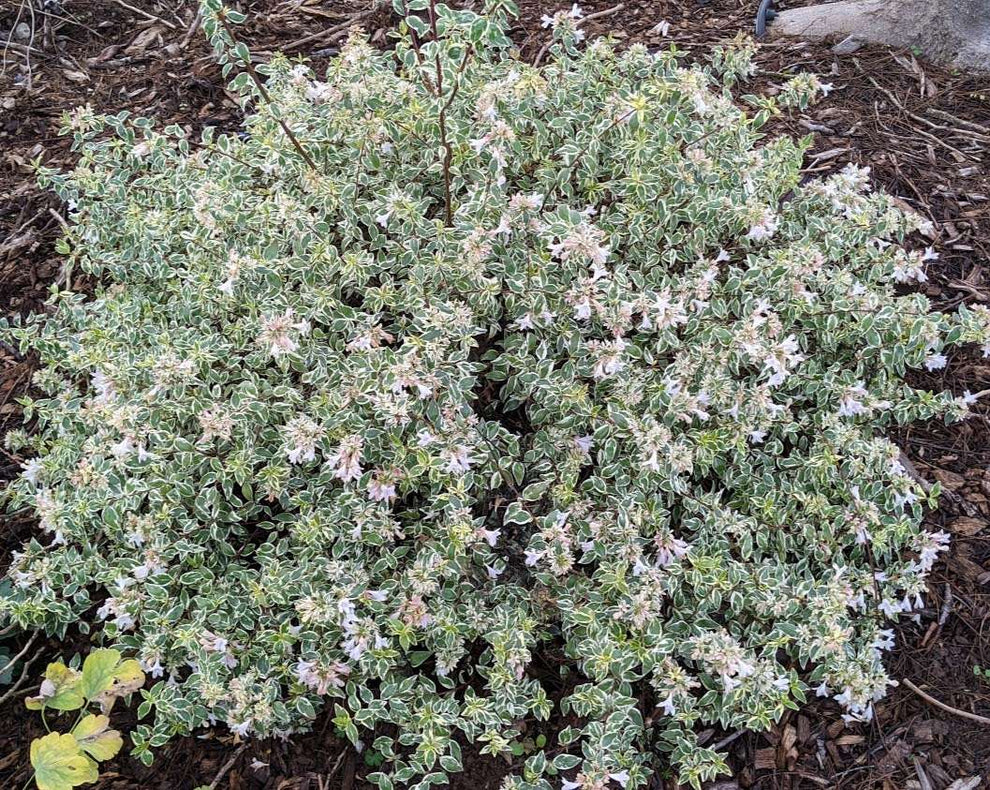In today’s ever-evolving world, staying informed about trending topics is essential. While many headlines focus on politics, technology, and entertainment, one topic that has quietly gained attention among plant enthusiasts is the Donna Bella Plant. Known for its vibrant colors and unique texture, this plant has become a favorite among both indoor and outdoor gardeners. In this article, we’ll explore everything you need to know about the Donna Bella Plant, from its origins to care tips and common issues.
Understanding the Donna Bella Plant
The Donna Bella Plant, also known as Amaranthus Tricolor, is a tropical plant that thrives in warm and humid conditions. It features vibrant green leaves with contrasting purple and pink hues, making it a popular choice among gardeners. This plant can grow up to 2-3 feet tall, making it ideal for both indoor and outdoor spaces.
Despite its beauty, the Donna Bella Plant requires specific care to thrive. Proper lighting, watering, soil, and fertilization are all crucial factors in ensuring the health and longevity of this plant.
Lighting Requirements
The Donna Bella Plant requires bright, indirect light to thrive. Placing it near a window that receives plenty of sunlight is ideal, but direct sunlight should be avoided as it can scorch the leaves. If you notice that the leaves are turning yellow or brown, it may be an indication that the plant is getting too much direct sunlight.
It’s important to note that the amount of light the plant receives can significantly impact its growth and appearance. Ensuring that your Donna Bella Plant gets the right amount of light is key to its overall health.
Watering Requirements

Watering is an essential aspect of Donna Bella Plant care. The plant does not like to be overwatered, so ensure that the soil is well-drained and not waterlogged. Water the plant when the top inch of soil feels dry to the touch. During winter, reduce watering frequency as the plant goes into a dormant phase.
Overwatering can lead to root rot, which can be detrimental to the plant’s health. It’s crucial to monitor the soil moisture levels and adjust your watering schedule accordingly.
Soil Requirements
Bella plants prefer well-draining soil that is rich in organic matter. A mixture of peat moss, perlite, and sand can provide an ideal growing medium for the plant. Avoid using heavy soils that retain moisture as they can cause root rot.
The right soil composition is essential for the healthy growth of the Donna Bella Plant. Using a mix that allows for proper drainage will help prevent common issues such as root rot.
Fertilizing Requirements

Fertilizing is crucial for healthy growth and vibrant foliage. The Donna Bella Plant requires regular fertilization during the growing season, which is typically from spring to fall. Use a balanced liquid fertilizer every two weeks to provide essential nutrients for the plant.
Proper fertilization ensures that the plant receives the necessary nutrients to thrive. Following a consistent fertilization schedule will help maintain the plant’s health and appearance.
Pruning Requirements
Pruning is necessary to maintain the shape and size of the Donna Bella Plant. Use clean, sharp scissors or pruning shears to cut back any dead or damaged leaves or stems. You can also pinch back new growth to encourage bushier growth.
Regular pruning helps keep the plant looking its best and promotes healthy growth. By removing dead or damaged parts, you can ensure that the plant remains vigorous and attractive.
Common Issues and Their Solutions

Like any other plant, the Donna Bella Plant is susceptible to pests and diseases. Here are some common issues you may encounter and their solutions:
Yellowing Leaves
Yellowing leaves may indicate overwatering or nutrient deficiencies. Adjust watering frequency or fertilize accordingly.
Brown Spots on Leaves
Brown spots on leaves may indicate fungal or bacterial infections. Remove infected leaves and apply a fungicide.
Aphids
Aphids are tiny insects that suck sap from plants, causing stunted growth and yellowing of leaves. Use insecticidal soap or neem oil to control aphids.
Addressing these issues promptly can help prevent further damage to your Donna Bella Plant. Regular monitoring and timely intervention are key to maintaining its health.
Frequently Asked Questions (FAQs)
Q: How often should I water my Donna Bella Plant?
A: Water your Donna Bella Plant when the top inch of soil feels dry to the touch.
Q: Can I grow Donna Bella Plants indoors?
A: Yes, Donna Bella Plants can thrive indoors provided they receive bright, indirect light.
Q: How often should I fertilize my Donna Bella Plant?
A: Fertilize your Donna Bella Plant every two weeks during the growing season (spring to fall).
Q: What should I do if my Donna Bella Plant develops brown spots on its leaves?
A: Brown spots on leaves may indicate fungal or bacterial infections. Remove infected leaves and apply a fungicide.
These FAQs provide valuable insights into the care and maintenance of the Donna Bella Plant. By understanding common issues and their solutions, you can better care for your plant and ensure its long-term health.
Conclusion

Caring for a Donna Bella Plant requires attention to detail and consistency in watering, fertilizing, pruning, and soil requirements. With proper care, your Donna Bella Plant can thrive and bring beauty to your indoor or outdoor space for years to come!
By following the guidelines outlined in this article, you can ensure that your Donna Bella Plant remains healthy and vibrant. Whether you’re a seasoned gardener or a plant enthusiast just starting out, the Donna Bella Plant is a wonderful addition to any collection.
Stay updated with the latest news and trends in the world of plants by exploring more articles on our website. Discover new ways to enhance your gardening experience and stay informed about the latest developments in the plant care industry.











More Stories
US Trending News: How to Claim Your Joy: A Guide to Finding Happiness and Inner Peace
US Trending News: Explore Www.hobbylobby.com: Your Ultimate Guide to the Official Site
When Is Trick Or Treating in 2024: A Complete Guide for Halloween